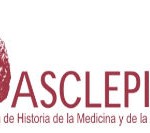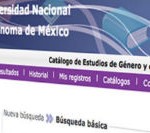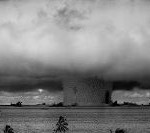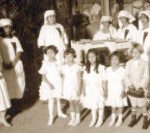
Las castas. 18th century.
Virreinato National Museum, Tepotzotlán, Mexico. Source: Wikipedia
From the time that Mexico was home only to indigenous ethnicities – prior to the arrival of the Spanish colonizers and their African slaves – down to the present, the genomic make-up of the Mexican population has undergone significant diversification. In the twentieth century, Mexicans began to be identified as mestizos, and this has been essential to the shaping of a national identity.
But just how alike are these mestizos?
In order to better understand the history and anthropology of miscegenation in Central America and to investigate factors related to health – such as the propensity to diabetes or the efficacy of a given medicine – Mexico’s National Institute of Genomic Medicine (Inmegen) established a databank that contains genetic samples gathered from mestizos in different places around the country, revealing the proportion of their indigenous, European, and African ancestry.
According to the researchers Carlos López-Beltrán, with the Institute for Philosophic Research, Universidad Nacional Autónoma de México, and Vivette García Deister, with Brazil’s National Polytechnic Institute’s Center for Research and Advanced Studies, this approach resulted in the construction of two techno-scientific objects, which they have labeled the “molecular mestizo” and the “bioinformatic mestizo.”
In the article Scientific approaches to the Mexican mestizo, the authors investigate the interactions between the ideological, cultural, and scientific “incarnations” of the mestizo.
Text in English | Text in Spanish
New issue of HCSM available online
View the table of contents for the latest issue of HSCM on Scielo









